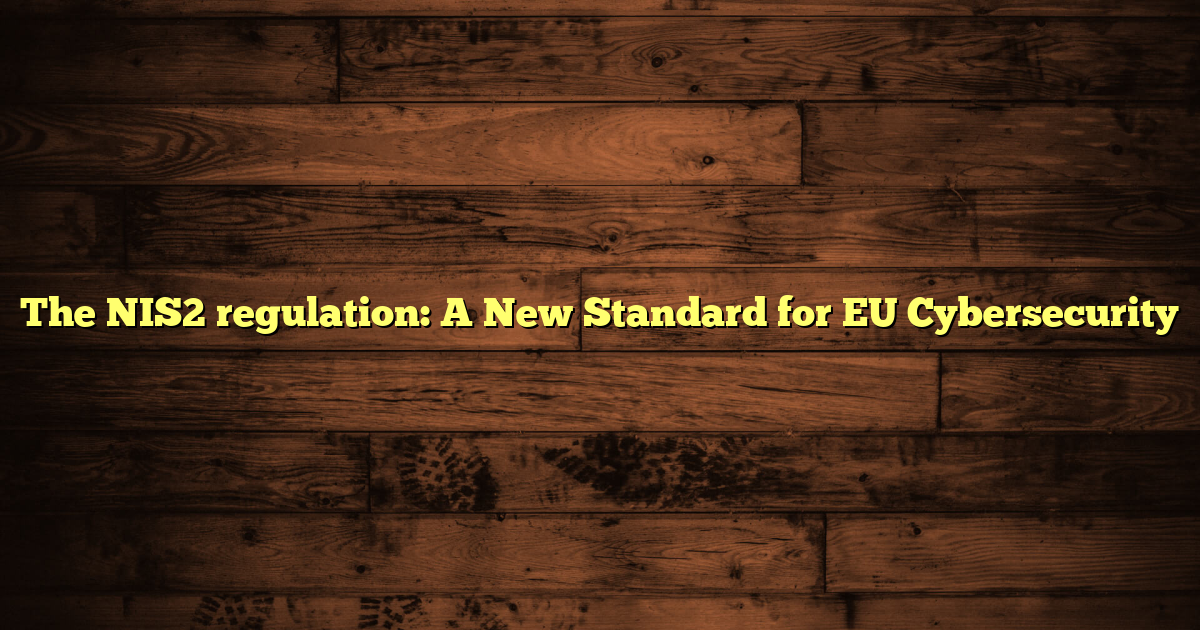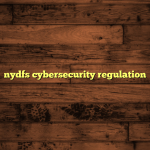The NIS2 regulation: A New Standard for EU Cybersecurity
Table of Contents:
- What Is NIS2?
- Who Does NIS2 Apply To?
- Key Features of the NIS2 Directive
- Harmonized Cybersecurity Requirements
- Risk Management Measures & Incident Reporting
- National Cybersecurity Strategies & Cooperation
- Enforcement & Penalties
- Why Was NIS Updated?
- What Does Compliance Look Like?
- Impact Beyond Security
- FAQ
The NIS2 regulation: A New Standard for EU Cybersecurity
Is your organization prepared for the next level of cybersecurity regulation in Europe? The NIS2 Directive is not just an update – it’s a complete overhaul of the EU’s approach to protecting essential digital infrastructure. This regulation affects a large array of sectors and it brings with it tougher rules, clearer expectations, as well as serious penalties for non-compliance.
What Is NIS2?
NIS2, short for Network or Information Systems Directive 2, establishes a single, unified legal framework across all EU member states. Its purpose is to improve cybersecurity resilience in essential sectors. The directive requires both public and private entities offering important services to implement solid cybersecurity actions, protecting their networks, systems, users, as well as data from online incidents.
Who Does NIS2 Apply To?
This directive splits organizations into two categories: essential entities, but also important entities.
- Essential Entities – Disruption to these organizations creates serious problems for society or the economy. These include, for example, electric or gas companies, hospitals or healthcare institutions, transportation companies that run airports as well as railways, financial services that are banks, in addition to the digital infrastructure providers.
- Important Entities – These entities have substantial roles. This includes, for example, postal services, food supply chains, factories that make chemicals, courier firms, certain manufacturing operations, next to data centers.
Medium-sized in addition to large organizations falling into either category must meet risk management duties under NIS2. This includes putting in place appropriate technical protections, adjusted to the risks that are common in their particular sector.
Key Features of the NIS2 Directive
NIS2 contains several important features that you should be aware of.
Harmonized Cybersecurity Requirements
One central objective of NIS2 is harmonization. It seeks to create consistent standards across all EU countries. This makes sure every nation follows similar guidelines for protecting network security. This approach prevents a situation of patchy rules where particular countries might be less strict than other ones.
Risk Management Measures & Incident Reporting
Organizations covered by NIS2 must adopt thorough risk management processes. This includes supply chain security vulnerabilities, using technical methods, such as encryption, along with access restrictions and organizational policies. An example organizational policy is staff training about cyber safety.
These organizations must quickly tell national authorities about major incidents that could disrupt operations or inflict damage, such as ransomware strikes or data breaches. This enables planned responses at national or EU level.
National Cybersecurity Strategies & Cooperation
Each member state must develop a national cybersecurity strategy. It should match the directive’s objectives, including areas, like vulnerability management procedures or citizen awareness campaigns.
In addition:
- Member States partner closely within an EU network, sharing threat data.
- There are procedures in place for joint incident response.
- A program which shares vulnerabilities makes quick spread of data about emerging threats possible. It also does so for parties interested across borders.
Enforcement & Penalties
To make sure compliance is not optional, but instead mandatory:
- Supervisory bodies will monitor adherence.
- Non-compliance causes large penalties, reaching €10 million, but also 2% of global annual revenue, depending on severity. This is a signal that this rule has real force. It is more than just guidelines.
Management groups have direct accountability under these rules. They must make sure proper reviews happen often, with the putting into action of needed protection while encouraging continuing employee education on cyber threats.
Why Was NIS Updated?
The original directive, introduced in 2016, was increasingly deemed insufficient because of these shortcomings:
- Its restricted scope left out many critical sectors now deemed vulnerable.
- There was inconsistent application between different countries, leading to gaps.
- Vague requirements led some companies to make only the minimum necessary defense plans.
- The lack of strong enforcements reduced deterrence versus carelessness.
NIS2 handles these deficiencies directly by greatly increasing the scope. It also sets clearer expectations, backed by serious penalties. Additionally, it contains expanded cooperation frameworks, making faster group response possible when problems come up.
What Does Compliance Look Like?
For businesses under either group, the following is needed:
- Carry out detailed risk reviews to spot possible weak spots inside as well as through supply chains.
- Put in technical protections, like firewalls or data encryption, together with organization plans, adding incident response and training programs.
- Make processes for timely detection, reporting, as well as important incident notification, based on regulatory timelines.
Compliance needs continuing effort. Instead of only checking boxes once, it is adapting defenses often based on evolving threat types.
Impact Beyond Security
Although principally focused on strengthening defenses against cyber strikes, the consequences extend further: By requiring openness through reporting rules, combined with collaboration across borders, it encourages trust between consumers and business contacts. This trust comes from realizing there is accountability in managing sensitive data and services securely. Also, it encourages security technology advances, caused by uniform rules. This makes for bigger markets, encouraging providers who offer enhanced solutions compliant with tough requirements.
FAQ
What are the penalties for not complying with NIS2?
Non-compliance with NIS2 could lead to fines up to €10 million or 2% of your organization’s global annual turnover, whichever is greater. The exact penalty will depend on the severity of the violation.
How does NIS2 differ from GDPR?
GDPR focuses on protecting personal data, but also NIS2 focuses on the cybersecurity of network and information systems. NIS2 requires organizations to implement risk management, but also incident reporting measures to ensure operational resilience.
Is my organization subject to NIS2?
If you are a medium-sized or large organization operating within the EU in one of the 18 critical sectors covered by NIS2 (such as energy, transport, healthcare, or finance), then you are likely subject to the directive. However, it is best to conduct a thorough assessment to determine your specific obligations.
Resources & References:
- https://digital-strategy.ec.europa.eu/en/policies/nis2-directive
- https://www.navex.com/en-us/blog/article/understanding-the-nis2-directive-what-it-means-for-cybersecurity-in-the-eu/
- https://advisera.com/articles/what-is-nis2/
- https://www.ruckusnetworks.com/blog/2025/nis2-explained/understanding_nis2_framework_for_network_security
- https://www.sailpoint.com/identity-library/nis2-directive





